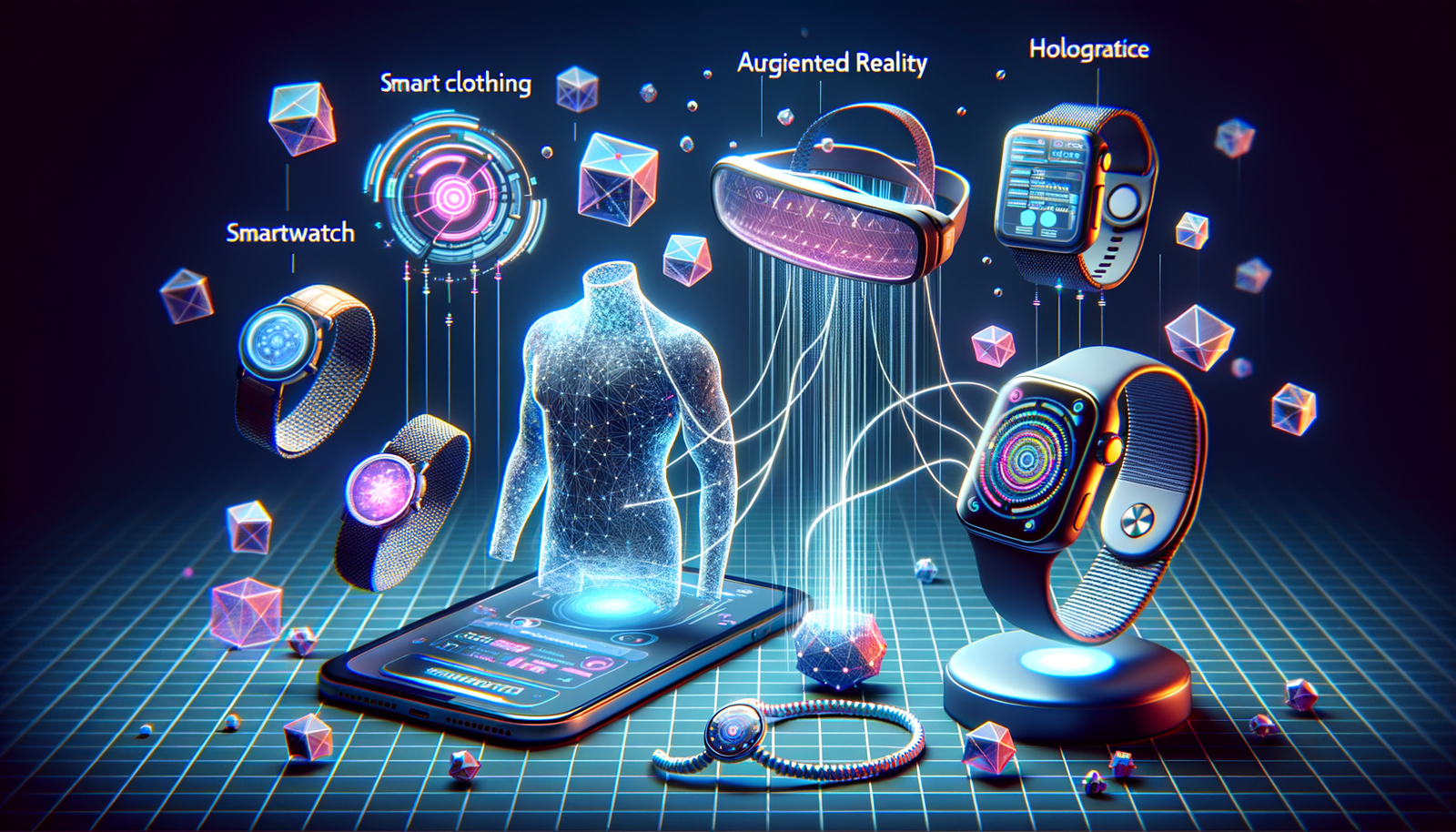Your Cart is Empty
Customer Testimonials
-
"Great customer service. The folks at Novedge were super helpful in navigating a somewhat complicated order including software upgrades and serial numbers in various stages of inactivity. They were friendly and helpful throughout the process.."
Ruben Ruckmark
"Quick & very helpful. We have been using Novedge for years and are very happy with their quick service when we need to make a purchase and excellent support resolving any issues."
Will Woodson
"Scott is the best. He reminds me about subscriptions dates, guides me in the correct direction for updates. He always responds promptly to me. He is literally the reason I continue to work with Novedge and will do so in the future."
Edward Mchugh
"Calvin Lok is “the man”. After my purchase of Sketchup 2021, he called me and provided step-by-step instructions to ease me through difficulties I was having with the setup of my new software."
Mike Borzage
Advancing Wearable Technology Design: The Role of Software in Shaping Future Devices
July 28, 2024 2 min read


Introduction to Wearable Technology and Software Evolution
The emergence of wearable technology has marked a significant milestone in the evolution of personal devices. These gadgets, worn close to or on the body, have become integral to modern life, enhancing our abilities to communicate, monitor health, and interact with the world around us. The significance of design software in this field cannot be overstated, playing a pivotal role in shaping the future of wearable devices. Over the years, the evolution of software applications tailored for wearable tech design has been remarkable, enabling designers to push the boundaries of creativity and functionality.
Advanced Design Software for Wearable Technology
In the realm of wearable technology, the use of advanced design software is crucial for creating innovative and efficient products. Leading software tools in the design and development of wearable tech include:
- CAD (Computer-Aided Design) for precise modeling and visualization.
- Simulation software for testing devices under various physical and environmental conditions.
- Integration with IoT (Internet of Things) platforms for enhancing smart functionality.
The importance of user interface (UI) and user experience (UX) design software in wearable tech cannot be overstated, as these aspects are critical for ensuring user satisfaction and engagement. Moreover, the advent of generative design and artificial intelligence (AI) presents new opportunities to innovate and optimize wearable designs, making them more personalized and efficient.
Challenges and Solutions in Wearable Tech Design
Designing for wearable technology comes with its unique set of challenges, including size constraints, power consumption, and user interface limitations. However, current software offers solutions to these hurdles:
- Miniaturization techniques to reduce device size without sacrificing performance.
- Battery life optimization tools that ensure longer usage times.
- Gesture and voice control integration to overcome user interface limitations and enhance user interactions.
Looking forward, future software advancements are expected to provide even more sophisticated solutions, overcoming existing limitations and setting new benchmarks in wearable tech design.
The Future of Wearable Tech Design Software
The trajectory of design software for wearable technology is headed towards more immersive and intelligent solutions. Emerging trends and technologies include:
- Augmented reality (AR) and virtual reality (VR) applications for immersive design and testing environments.
- The growing significance of AI and machine learning for predictive design and personalization, offering users highly tailored wearable experiences.
The potential impact of quantum computing and advanced materials on the development of next-generation wearables is also anticipated, promising breakthroughs in device performance and capabilities. In conclusion, the symbiotic relationship between wearable technology and design software continues to drive innovation, pushing the boundaries of what's possible in personal technology.
Also in Design News

Rhino 3D Tip: GPU Optimization for Rhino Render (Cycles), V-Ray, and Real‑Time Plugins
January 01, 2026 2 min read
Read More
Cinema 4D Tip: Efficient Lookdev Iteration Using Cinema 4D Picture Viewer History
January 01, 2026 2 min read
Read More
Revit Tip: Standardized Revit Export for Reliable Navisworks Clash Detection
January 01, 2026 2 min read
Read MoreSubscribe
Sign up to get the latest on sales, new releases and more …


